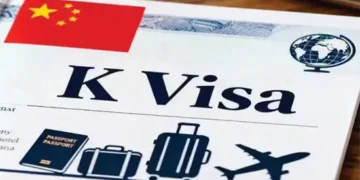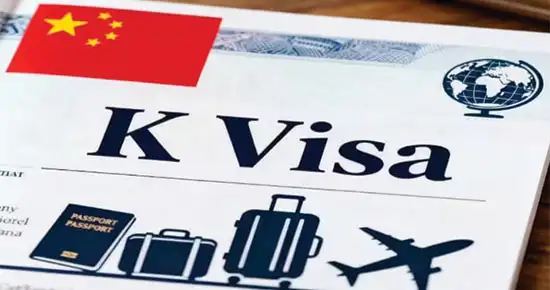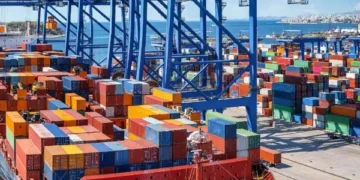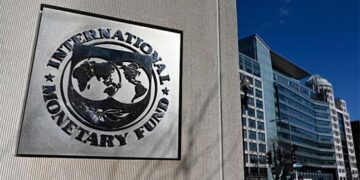Blitz Bureau
NEW DELHI:WHEN China first announced a new visa targeting foreign professionals in science and technology in August it largely went unnoticed.
But the K visa, which went into effect in October first week, was thrust into the public spotlight, when an Indian outlet referred to it as “China’s H-1B” – a reference to the US visa for skilled workers which was targeted by an executive order by Donald Trump. Indians dominate the H-1B programme, making up more than 70% of the recipients in recent years, according to a BBC report.
The Indian media report was picked up widely in China, stoking concern – and even fears – amongst the public over whether benefits extended to foreigners would increase competition in a sluggish job market – and in a country that has traditionally not been a major immigration destination for foreign professionals.
And although it is still unclear whether the visa will actually allow foreigners to work in China or whether it just allows them easier access into the country, it didn’t stop tens of thousands of users on Chinese social media from criticising the programme.
There were many xenophobic and racist remarks – many of them targeted specifically at Indian nationals. It is not yet clear what the programme fully entails, but the Chinese government has said it applies to individuals working in STEM fields – science, technology, engineering and mathematics. Authorities have described it as a visa for “exchanges related to education, science and technology, culture, as well as entrepreneurship and business activities”






























